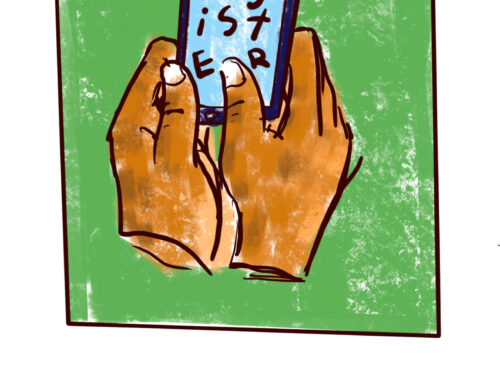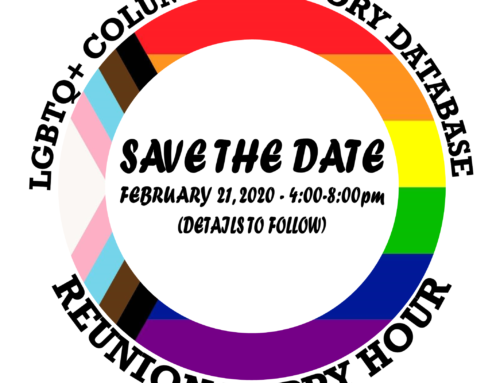By T.C. Brown
“The greatest danger … is not that they will be fooled by fake news, but that they are beginning to doubt real news.”
— Howard Schneider, Stony Brook University’s Center for News Literacy
Identifying real news from fake news is literally like separating wheat from the chaff. Neither job is easy. Both jobs are necessary. But when it comes to separating fake news from the real thing, the work now is more
important than ever as we face an election year of potentially tremendous consequences. While fake news is not a new phenomenon, its prevalence is creating a dangerous precedent.
As noted by Mr. Schneider, fake news can cause the public to doubt what it is seeing as real because the lines have become so blurred between legitimate journalism, propaganda, entertainment, self-promotion and unmediated information on the internet. So, it is up to consumers to take the time to ensure the news they do see is the real deal.
Some easy steps, outlined by NPR, include:
- Examining a website’s domain and URL;
- Reading the “About Us” sections;
- Looking at who and how many sources in a story are quoted;
- Checking the comments section of the story;
- Doing an image search on Google of any pictures to see if they have appeared on
multiple and different stories.
Factcheck.org also offers tips to help you spot the fakes. And Snopes is a good way to fact-check
information on the internet.
Bottom line: It’s important to make the effort, to stay informed and to separate the wheat from
the chaff—the continuation of our free Democracy depends on it.
TC Brown is a writer and editor for local, state, national and international publications who
teaches journalism – including a class on how to spot fake news – for Ohio Wesleyan.


